Article | The Meaning of Hanukkah Continues to Evolve in Diaspora Jewish Life
December 24th, 2024

Article by Rabbi Alan Silverstein, Ph.D. MERCAZ Olami, Co-President
Here are a few examples during the past 150 years:
1. Hanukkah was at low ebb for many American Jews in the late 19th century. They saw Judaism solely as a faith without any Jewish People components.
Noam Zion and Barbara Spectre, A Different Light: The Big Book of Hanukah, “Hanukkah [was]… difficult for some [19th century] Liberal Jews to embrace because of its emphasis on the Temple, on political independence of the Jewish nation, on the negative image of Western culture (Hellenism) as a coercive source of assimilation, and on the military heroism of the Maccabees… Thus, it should not be surprising that Isaac. M Wise… suggested in 1865 the elimination of the Hanukkah lights (31).”
Jenna Weissman Joselit, The Wonders of America, “For much of its history, Hanukkah fared poorly in the New World, a victim of neglect. The customary candles disappear from more and more Jewish homes,’ noted Rabbi Gustav Gottheil, a leading Reform rabbi… [in] 1884]; the same trend was ruefully confirmed several decades later by the American Jewish Chronicle, which ,with considerable alarm, pointed to the diminishing number of Hanukkah celebrants (230.”
2. Some Peoplehood-centered Jewish groups tried to counter this tide.
Jonathan D. Sarna, American Judaism – "[Late 1870s some efforts surfaced] to revitalize the Jewish `national’ holiday of Hanukkah. This winter holiday… seemed in danger of falling into `oblivion’ in post-Civil War America. The holiday’s message of anti-assimilation and national renewal ran counter to [the dominant] Liberal Judaism’s universalistic ethos, and its comparatively minor status in the Jewish calendar made it an easy festival to neglect. For those seeking to revitalize [the national aspect of] Judaism, however, Hanukkah provided the perfect symbol. In addition, Hanukkah celebrations, complete with convivial pageants and extensive publicity (the custom of gift-giving came later), serve to respond to the growing allure of Christmas (136).”
3. With the arrival of large numbers of Eastern European Jewish immigrants and a return toward many traditional expressions of Judaism, a new synthesis for Hanukkah and Americana was sought.
Henry Feingold, A Time for Searching: Entering the Mainstream, 1920-1945, “In the interwar period [between WWI and WWII]… holidays like Hanukkah and Purim were [Jewish] national more than religious festivals.” (96) – “[This was tied to] the advocacy of Jewish peoplehood employed by the Conservatives, the Reconstructionists, and the American Jewish Congress movement…” (96) A growing array of menorot were produced, as were Hanukkah songbooks, recipes, and exchanges of Hanukkah “gelt” and gifts.
4. An example of the effort at synthesis was provided by Rabbi Milton Steinberg.
Writing during WWII, influenced by Mordecai Kaplan’s concept of “living in two civilizations," Milton Steinberg wrote in A Partisan Guide to the Jewish Problem: “Are Americanism And Judaism ideally and ideologically compatible?… Let it be recalled that I acknowledge only one political allegiance – to America; just as I profess only one religion – the Jewish. Here there is certainly no cause for conflict. Beyond that, I have two heritages – the American and the Hebraic. English is my language… The history of America is my history. But Hebrew is my tongue, too, and Jewish history my background also… On the Fourth of July I set off fireworks and attempt to transmit to my children an appreciation of the significance of the occasion. With equal earnestness I kindle Hanukkah lights and discuss with them the meaning of that festival (139-140).”
5. During WWII, a new “Judeo-Christian” ethos emerged that would affect the postwar transformation and enhancement of Hanukkah.
Deborah Dash-Moore, GI Jews: How World War II Changed A Generation, “Military policy during WWII [treating Christianity and Judaism with parallel respect in the chaplaincy, in holiday celebrations and so forth] …made possible the emergence of a civil religion for American democracy, soon to be widely known as the `Judeo-Christian tradition’ and alternatively by the 3-fold handle of `Protestant-Catholic-Jew.’ Today many folks assume that the Judeo-Christian tradition… has existed for centuries. But it was largely a creation of the American military in World War II, and it gave Jews a measure of freedom to be just that, American Jews (xi).”
6. Having become accustomed to Christmas and Hanukkah being observed in parallel fashion inside the Armed Forces, the returning soldiers sought to upgrade the role of Hanukkah in their emerging residential communities.
Jenna Weissman Joselit, The Wonders of America, “[Hanukkah] the winter festival enjoyed an unprecedented burst of attention in the years following World War II, when it emerged not only as the Jewish parallel to Christmas but as its functional equivalent. Pressures from within and without, from the marketplace and the suburban neighborhood, combined to make Hanukkah… increasingly relevant and attractive to modern Jews (229)… The postwar spirit of ecumenism and neighborliness extended beyond the classroom and the assembly hall, carrying over the new medium of television… underscoring the essential harmony between Christmas and Hanukkah by showing scenes of Christian and Jewish neighbors exchanging gifts and visiting one another’s homes during the holiday season (241).”
7. Jewish GI’s also gained added first-hand respect for Jews who serve in the military: e.g. Jews as American soldiers, Jewish men fighting on behalf of Israel’s War of Independence, and by extension the image of the military prowess of the Maccabees.
Deborah Dash-Moore, GI Jews, “Jewish veterans’ attitudes toward Jewish identity had changed [during the experience of warfare]. No longer did they avoid active admiring self-defense. Thus American Jewish veterans felt they had much in common with Zionists [self-defense] in Palestine... Activists and fighters had both the will and means to build secure lives for themselves and for Jews who came after them (259).”
8. The post WWII lifestyle in America also favored Hanukkah’s revival. Unlike Shabbat or Kashrut, Hanukkah required only a once-a-year commitment. It fit well into a reinterpretation as a symbol of religious freedom and equality, a primary objective for Jews integrating into American suburban life.
Jonathan Sarna, American Judaism, [By the 1950s] Once A Year practices, like the lighting of candles on Hanukkah and the celebration of the Passover Seder found growing numbers of adherents… [Plus] the minor-winter holiday of Hanukkah, with its [post-WWII] stress on freedom, its easy-to-observe candle-lighting ritual, its child-pleasing gifts and games, and its convenient proximity to Christmas, became ever more widely observed among postwar Jews (278).”
9. In the 1980s, as Jewish continuity became a growing concern, Hanukkah was recast as the victory against assimilation in ancient times.
Rabbi Cherie Fox-Keller in Sh’ma, “The Hanukkah story is actually about the internal Jewish struggle between assimilationists (Hellenists) and zealots (the Maccabees) who wanted to preserve Judaism from the influences of Greek society; e.g. a battle for religious freedom.”
10. The 1990s witnessed emerging voices calling for the recapture of the distinctiveness of Hanukkah, rather than a message of blending into Americana.
As observed by this former Dean of the Ziegler Rabbinical School in Los Angeles, Daniel Gordis, in God Was Not In The Fire, “Hanukkah is about more than the military victory and the miracle of the oil… [Or else] Why being with one [candle] and increase to eight? What is the significance of the second blessing… `Who performed miracles for our ancestors in days of old and in our age as well’… Hanukkah is about miracles that are still ongoing, symbolized by a growing, not a diminishing number of candles. Hanukkah is not only about the victory of the Jews in their battle against the Greeks, Hanukkah is about the victory of the Jewish people in their battle to survive… Hanukkah is not a Jewish Christmas. Hanukkah is about the wonder and awe of Jewish survival. It prompts us to ask ourselves….Does Jewish existence matter? Why? What do we stand for? Would the world be missing anything if we were gone? (115-6)”
Happy Hanukkah




